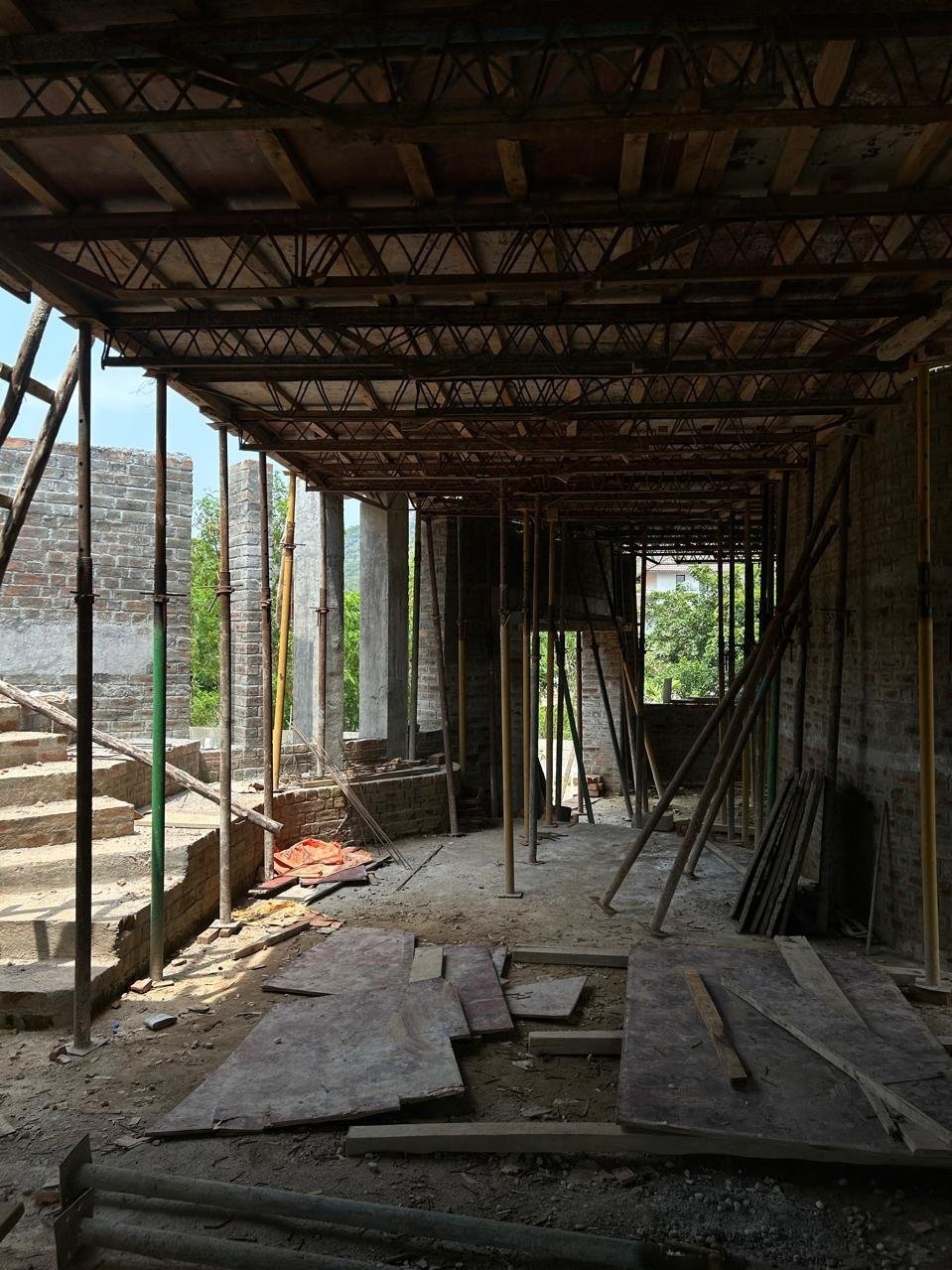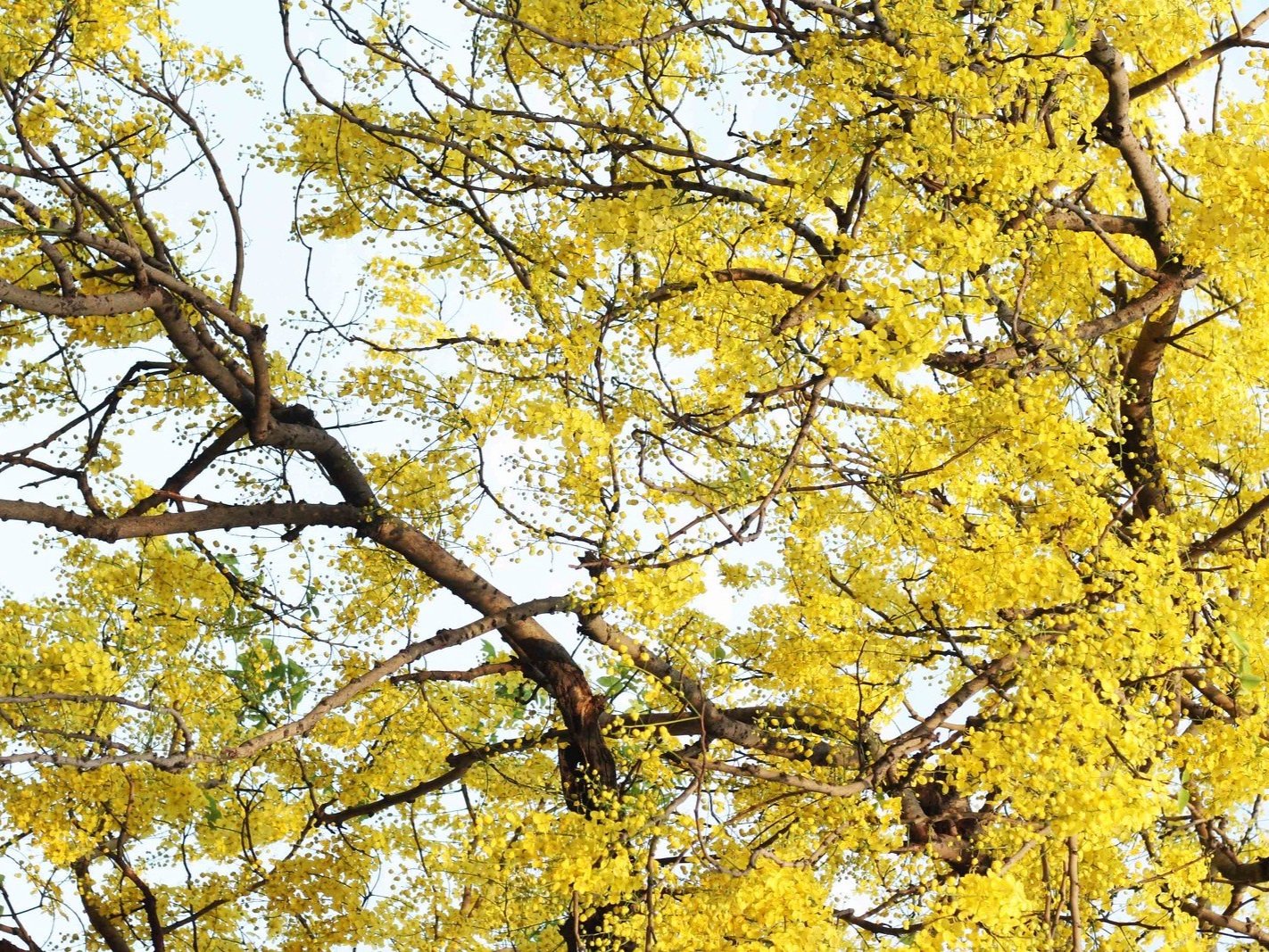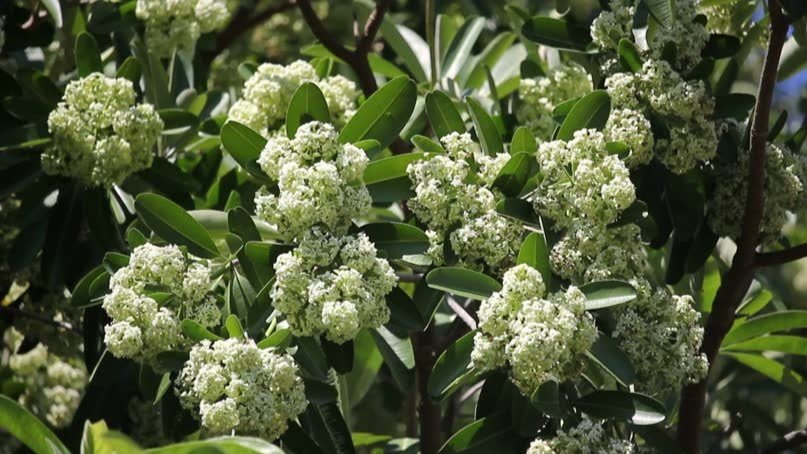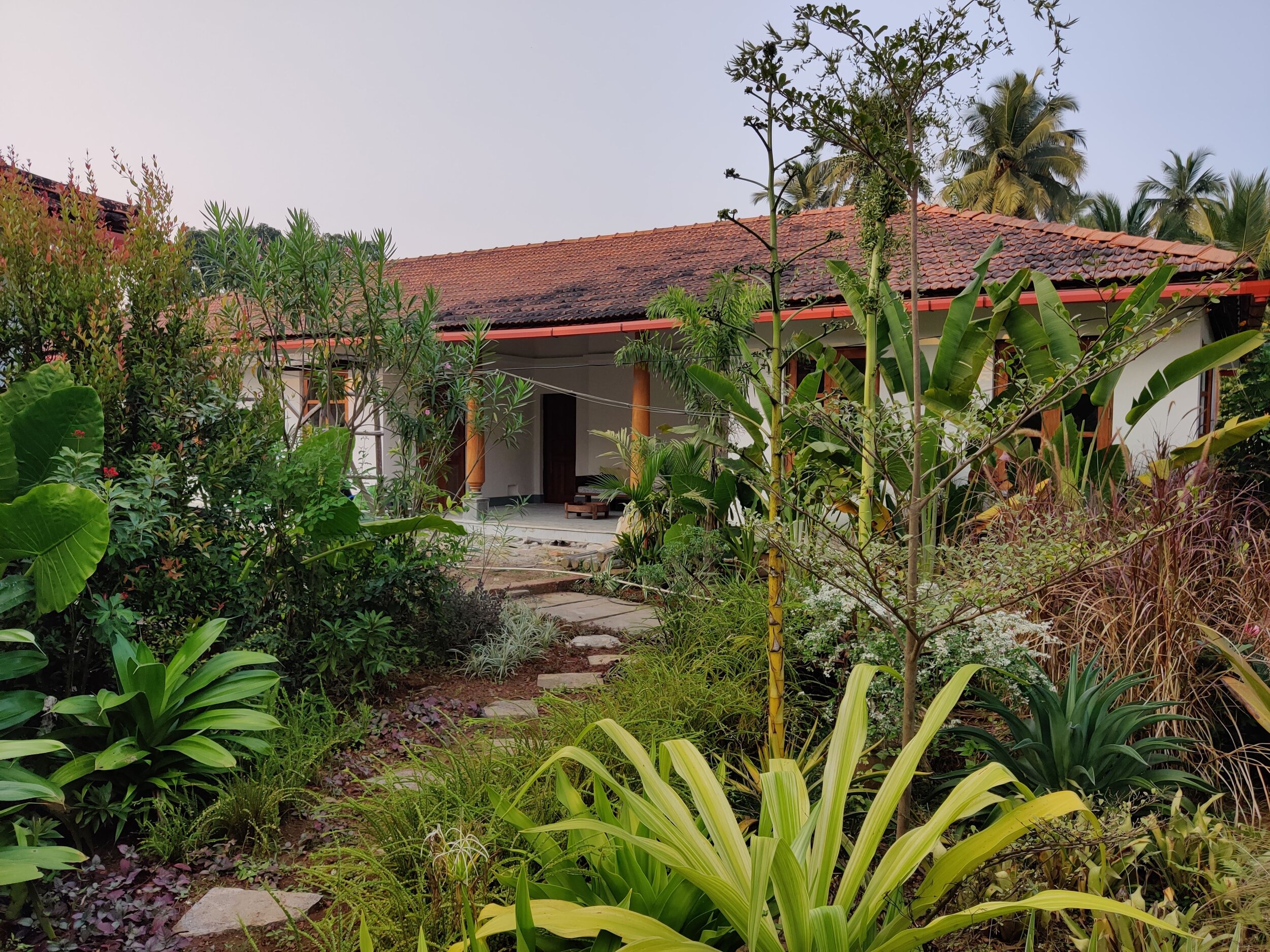Our upcoming project, The Crescent House resides in the Nandi Hills of Bangalore. It has a small site with immediate neighbors and beautiful views in every direction. It was a design challenge to incorporate all the 180° pan views of Nandi Hills from the villa. We tackled this with an innovative experiment.
The four of us designers of Build Grounded split up on-site and individually came up with four design solutions. After brainstorming on-site for around an hour, we had a discussion. Considering different approaches, we came up with a strategy then and there. A way through it was the amalgamation of all four directions, which later on developed into the actual design of the house.
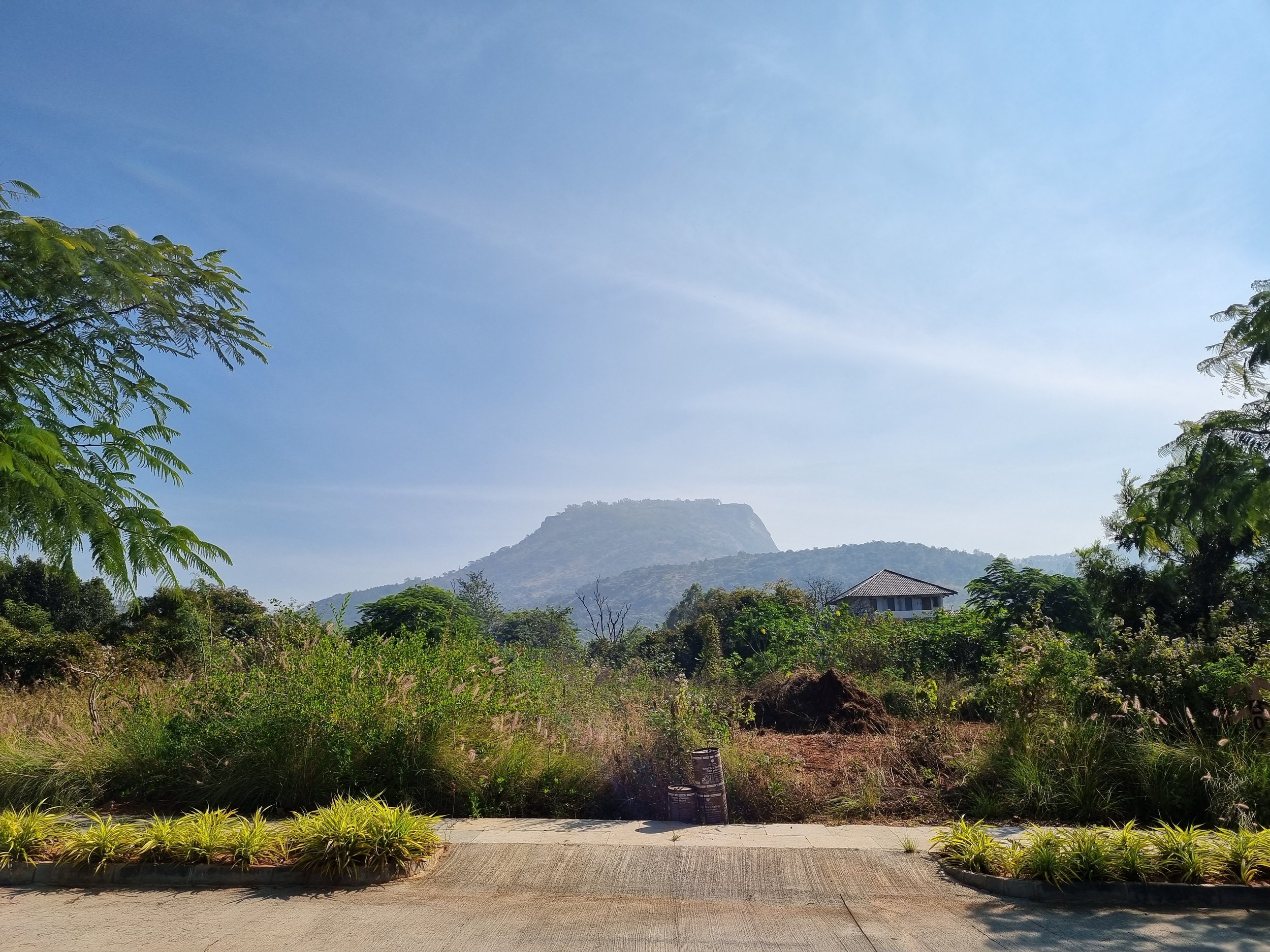



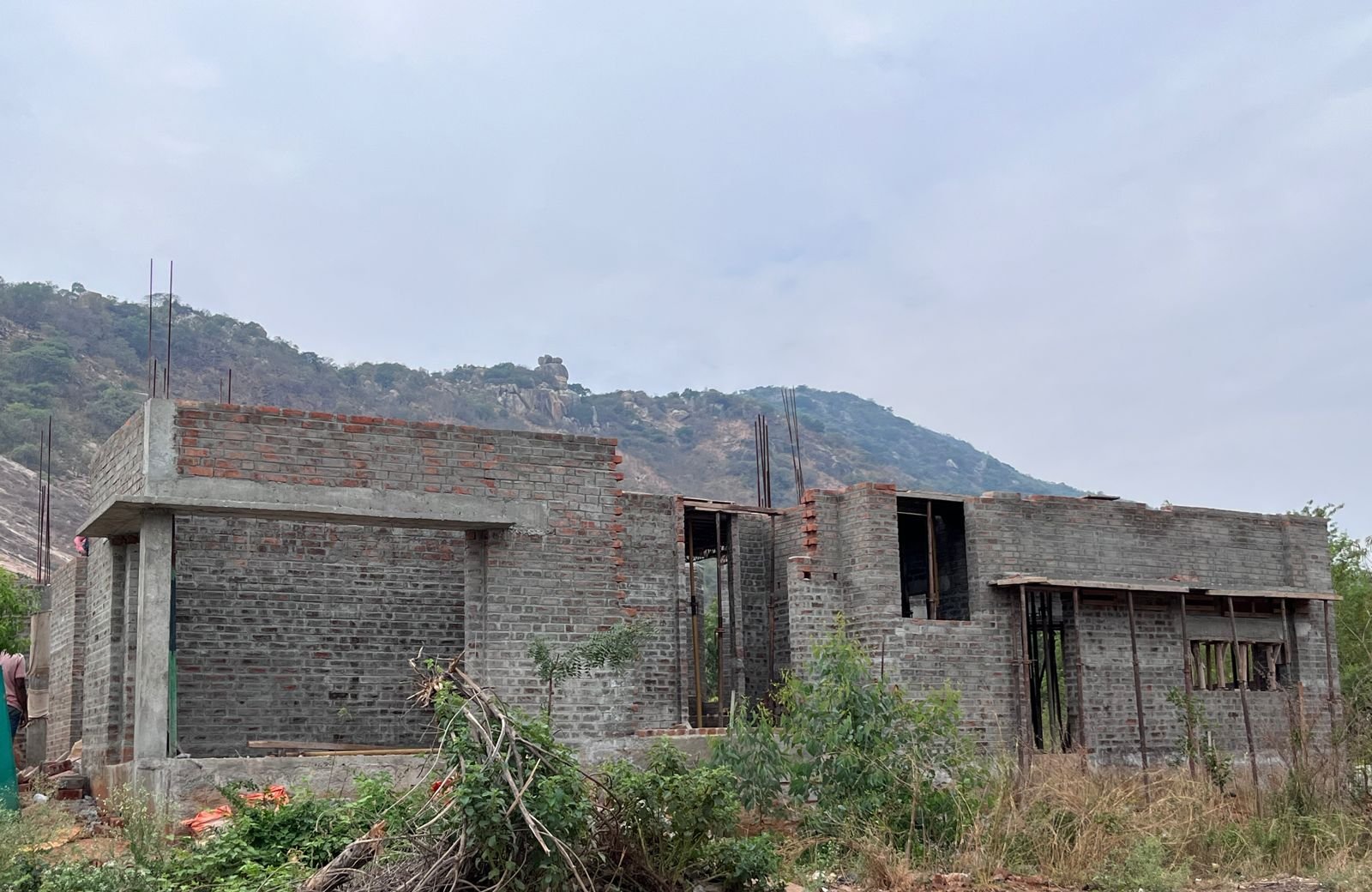
As the name suggests Crescent House, the main facade of the house is in a crescent shape. The facade has different openings showing different views in different sizes all across the stretch of the Nandi Hills. Soon to be complete Crescent House is under construction but you can still make out the facade taking shape enjoying the views all around.





